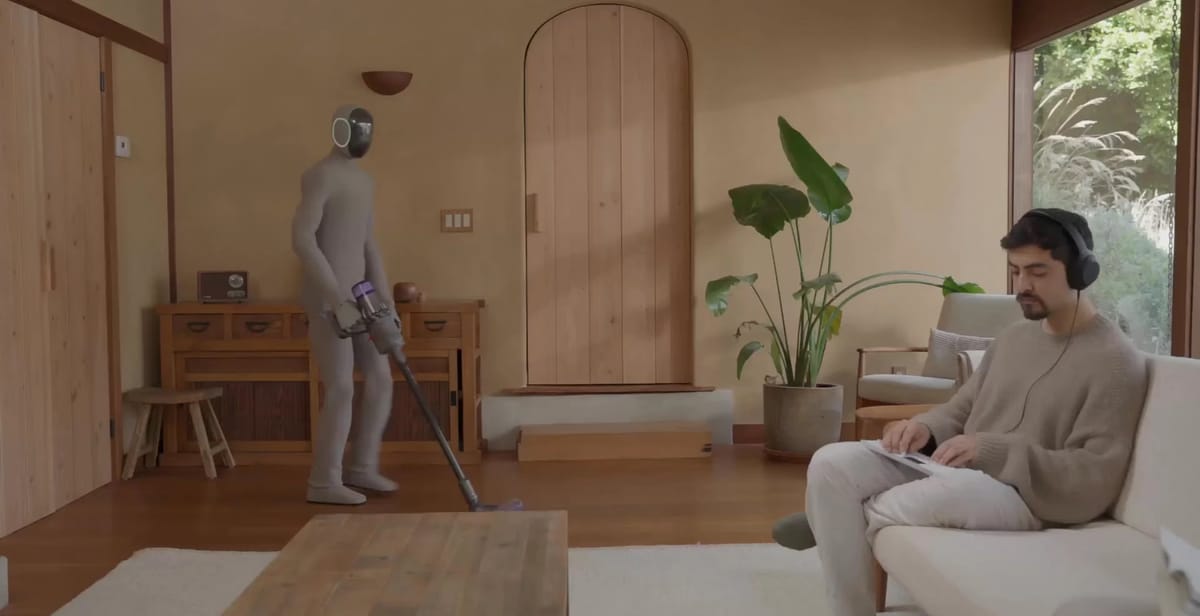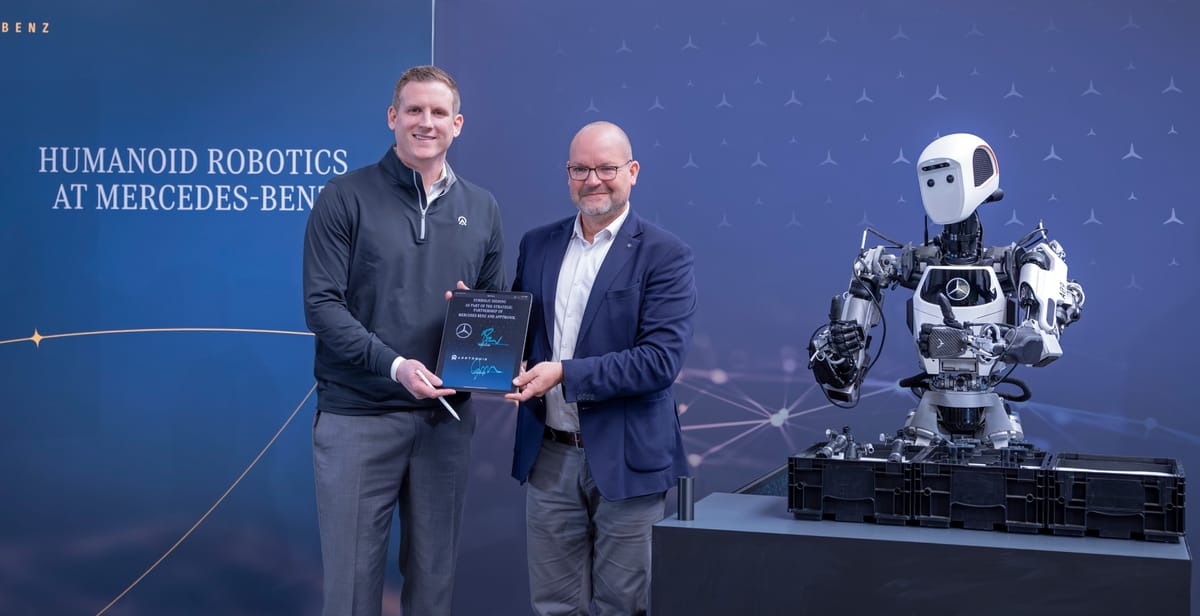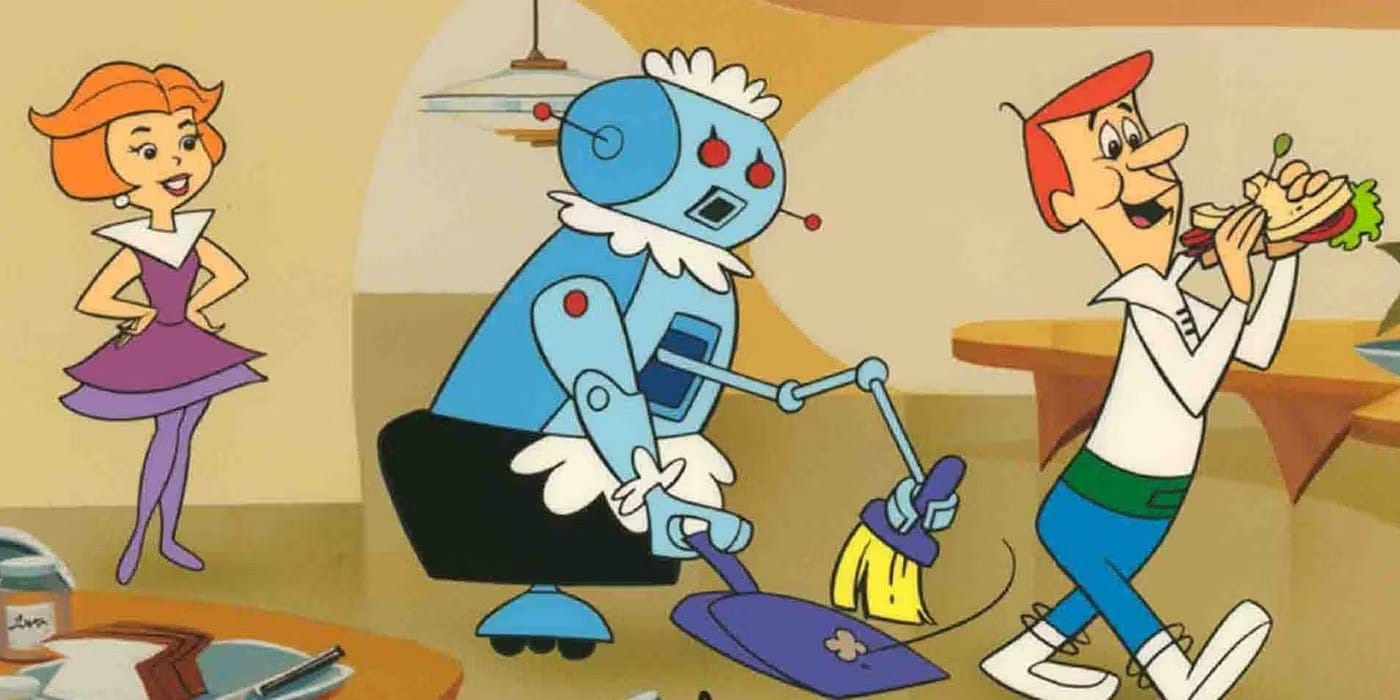
Norwegian robotics startup 1X says it is launching early in-home trials of its Neo Gamma humanoid robot later this year, leveraging teleoperation to gather vital data for further AI development.
Key Points:
- Neo Gamma will enter homes this year, but will rely heavily on human teleoperators
- The "adoption" program aims to gather data for developing autonomous capabilities
- The robot uses tendon-driven technology rather than traditional mechanical drives
Walking through a mock living room at NVIDIA's GTC 2025 conference, 1X showed Neo using a vacuum and pretending to water plants. As 1X CEO Bernt Børnich guided the press through the demo, he clarified that while NEO can balance and walk independently, a human teleoperator remains in the control loop for most tasks.
"Neo Gamma is going into homes this year," Børnich shared, "We want to invite early adopters in this year to help us develop this system. We want it to live and learn among people, and to do that, we need people to take NEO into their home and help us teach it how to behave."
The announcement comes as humanoid robots experience heightened attention from investors. Figure, 1X's California-based competitor, recently entered talks for a reported $1.5 billion fundraise at a staggering $40 billion valuation, while Mercedes recently not only backed a $403M Series A round for Apptronik, but is deploying them in its factories. OpenAI and Google are also pursuing various humanoid robot projects.

What makes NEO stand out is its tendon-drive system. Unlike robots that use traditional mechanical drives, 1X has developed a proprietary tendon technology , which they say allows for more fluid, human-like movement. "The robots we build move more like muscle. There's tendons inside getting pulled by our motors," Børnich explained.
The end result is a robot that is visually distinct from other humanoids in the space. NEO weighs just 30 kilograms (about 66 pounds), and dons knitted nylon clothing. The company says it has been working on the technology for a decade—solving for common issues like tendon stretching and wear that have historically limited the approach.

However, NEO's initial home introduction won't be the science fiction vision of a fully autonomous helper like Rosie from the Jetsons. Instead, the robot will operate through a hybrid system where its movement and balance are controlled autonomously, but higher-level functions like navigation and task execution will rely on teleoperators – humans who remotely control the robot via its cameras and sensors.
This teleoperator approach raises privacy questions about having camera-equipped, remotely operated robots in homes. 1X says customers will control when company employees can view NEO's surroundings, but full details of the early adopter program remain scarce.
For Børnich, the home deployment is less about a product launch – and more about data collection. "If we want our AI to be aligned with our culture, they actually have to get the data from living and learning among us," he said. This data-gathering mission drives 1X's strategy of putting robots in homes before they're fully autonomous.
The CEO compared owning NEO Gamma to adopting a puppy: "It's not going to work perfectly day one, but it's going to be a lot of fun. It's a journey, not a destination. And your puppy will never do the laundry, but NEO will."
1X is currently building a waitlist on its website for potential early adopters, though pricing and specific program details remain unannounced. For those hoping to buy a fully autonomous humanoid robot off the shelf, the wait continues – we're still years away from that reality.


